Students of Teaching Create Curriculum
Students of Teaching draw on their explorations of scientific phenomena and how children develop understanding of those phenomena to create exploratory curriculum for K-12 students.
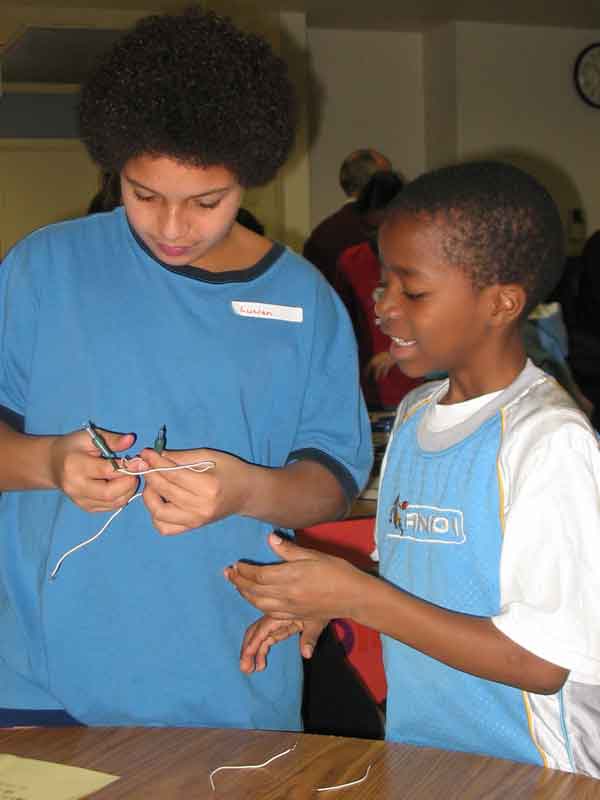

"Through the use of scientific journals, students were able to collect their thoughts, ideas, observations, and data. These journals were helpful for us as the teachers because they served as an informal assessment and made students' thinking visible."
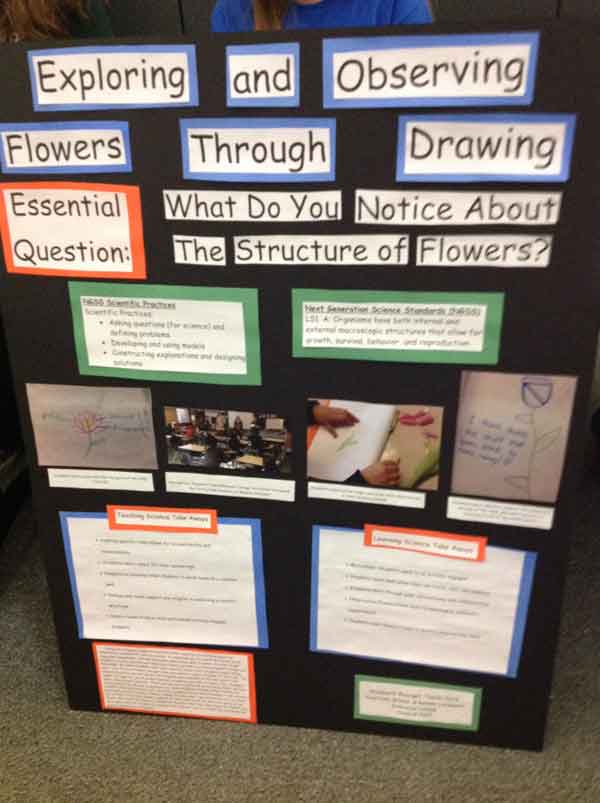
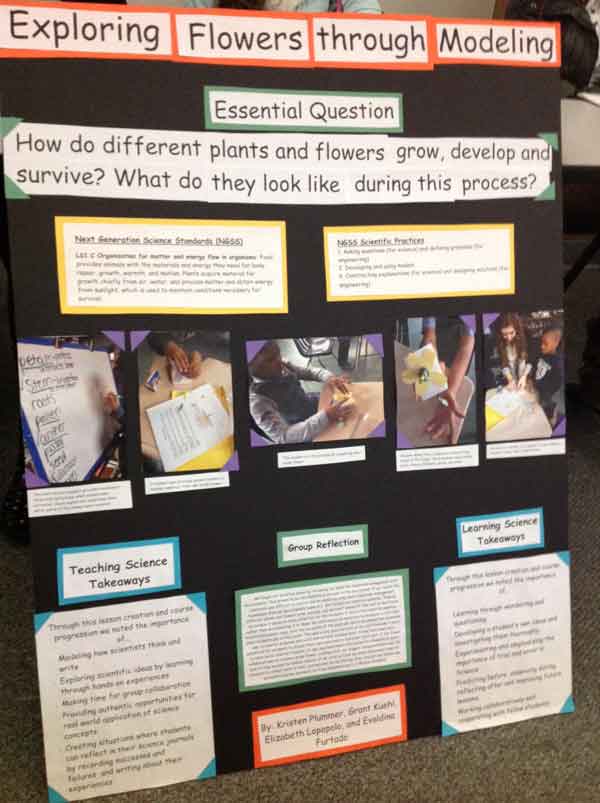
"Having the students physically interact with materials furthered their understanding of the scientific principles and structures of flowers. Pulling the tulip apart and examining both the inside and outside of the tulip allowed students to fully understand the different parts of the flower."
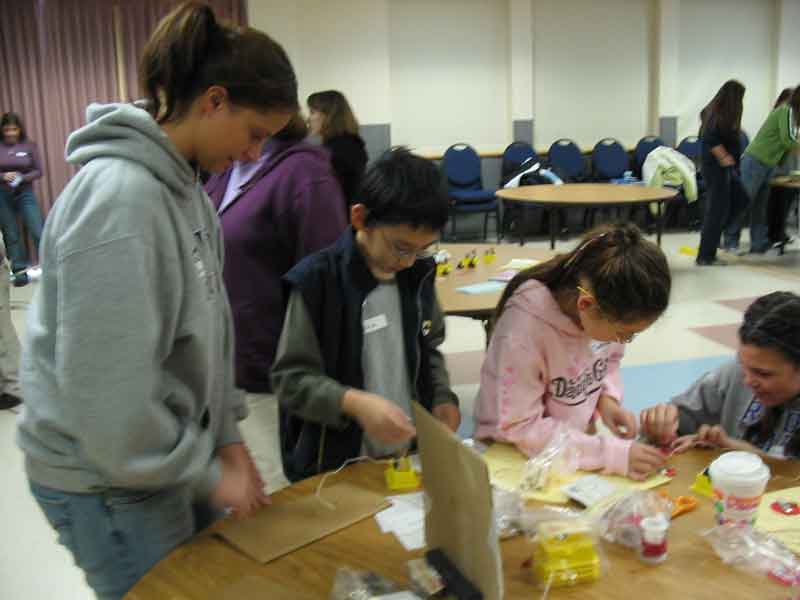

"I learned how important it is to allow children to explore their own ideas rather than giving them explicit instructions."


"Students shared ideas with others as to how they thought greenhouses could be made along with what they believed were the essential components of a greenhouse. Students actually felt as if they were scientists."


"Watching and listening to the way students discussed and through during the exploration showed me that their minds are constantly questioning and looking for explanations."
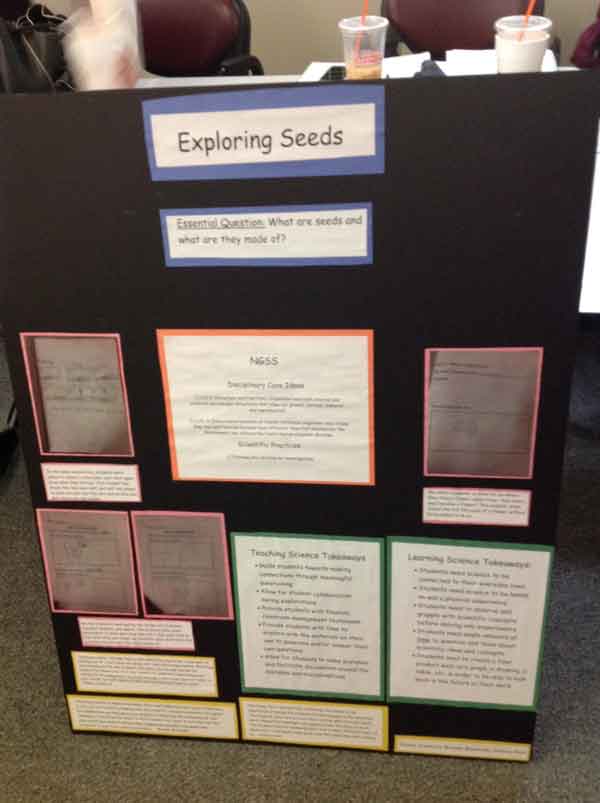
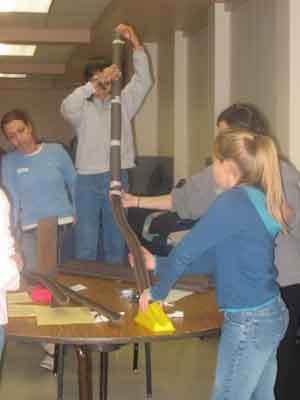
"I truly noticed students grappling with the scientific concepts presented throughout this exploration and they were very invested in dissecting the various seeds."

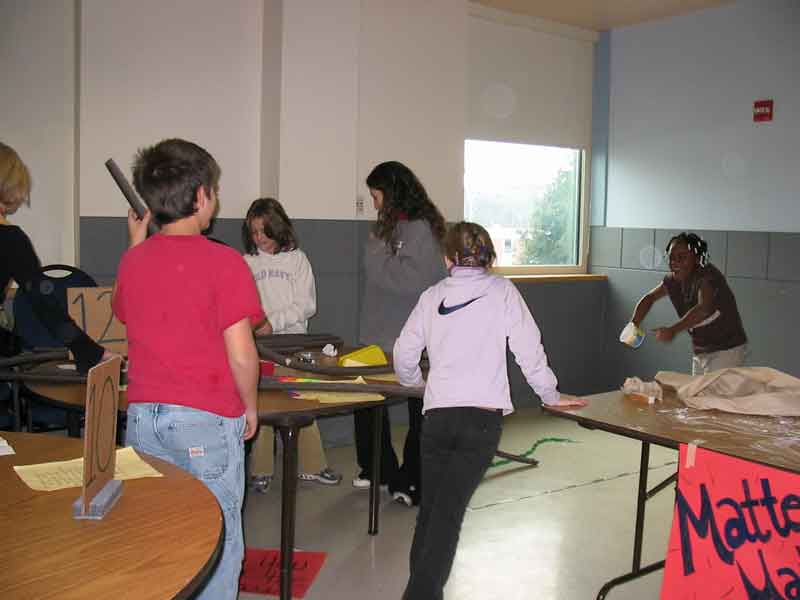
"We have learned about the importance of science exploration and inquiry that results in deep learning . . ."
